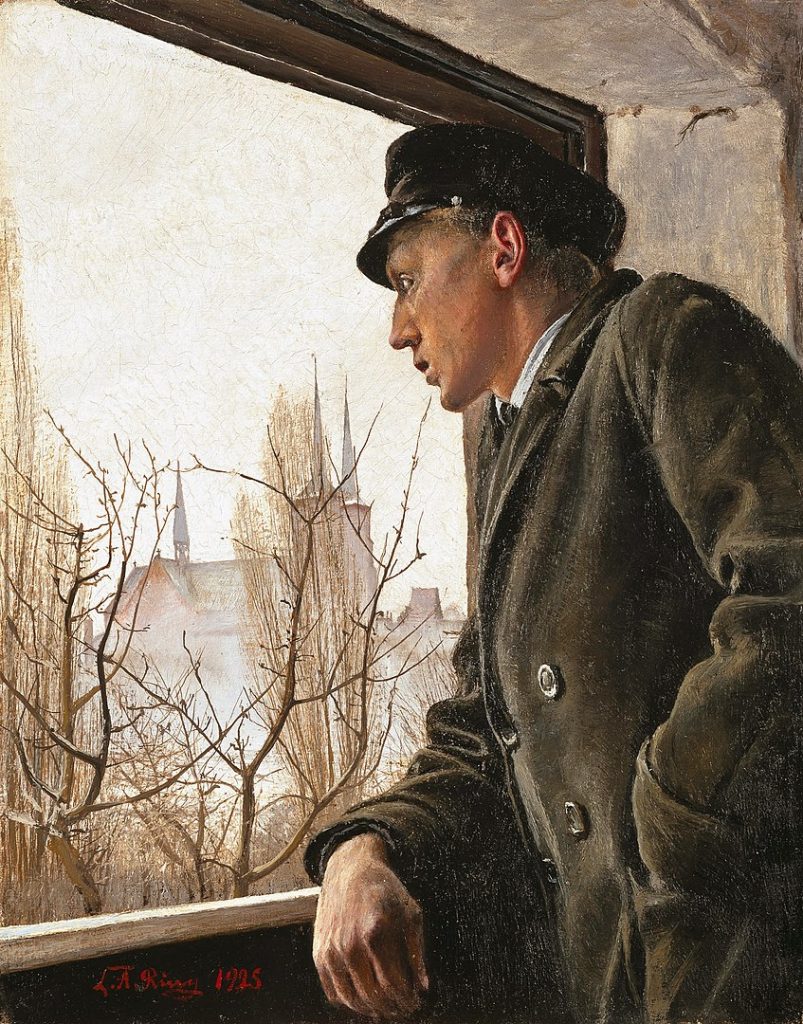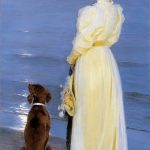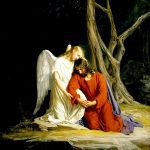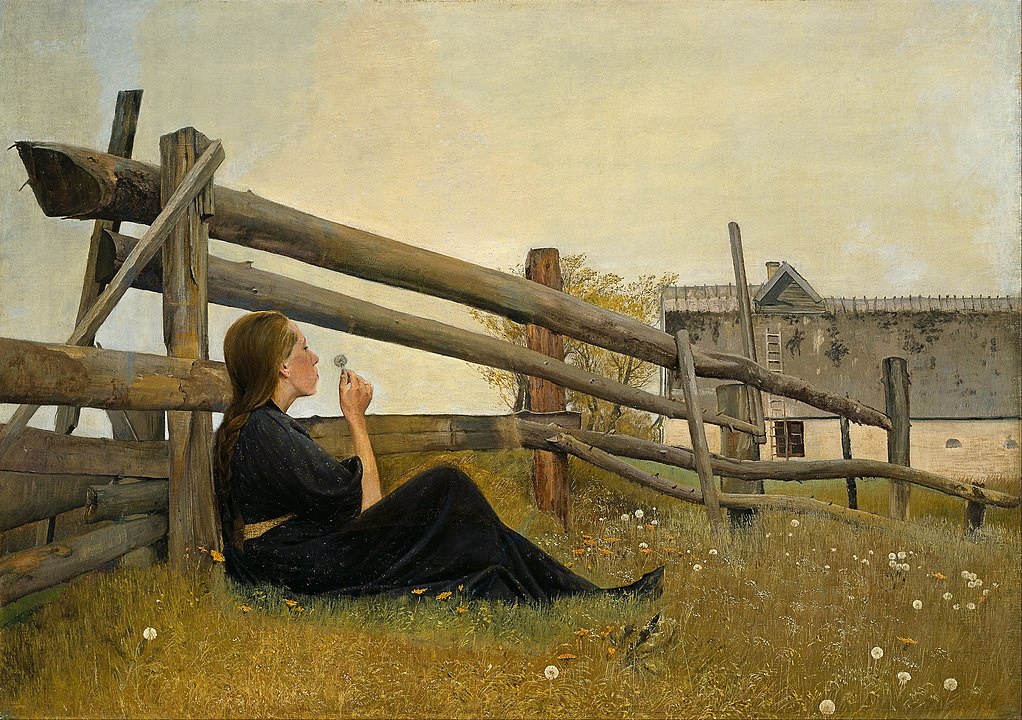
Laurits Andersen Ring (1854–1933) was a Danish painter associated with the Skagen Painters, a group of artists who gathered in the northernmost part of Denmark during the late 19th and early 20th centuries. He is known for his contributions to Danish symbolism and naturalism.

Ring was born on August 15, 1854, in Ring, Denmark. He initially trained as a woodcarver, but his passion for painting led him to study at the Royal Danish Academy of Fine Arts in Copenhagen. During his early career, Ring experimented with various artistic styles, including realism and naturalism.
In the late 1870s, Laurits Ring became associated with the Skagen artistic community, a group of painters who were drawn to the unique light and scenery of the northern Danish coast in Skagen. The group included prominent artists such as Peder Severin Krøyer and Anna Ancher. The Skagen Painters were known for their realistic depictions of landscapes, everyday life, and the effects of light.
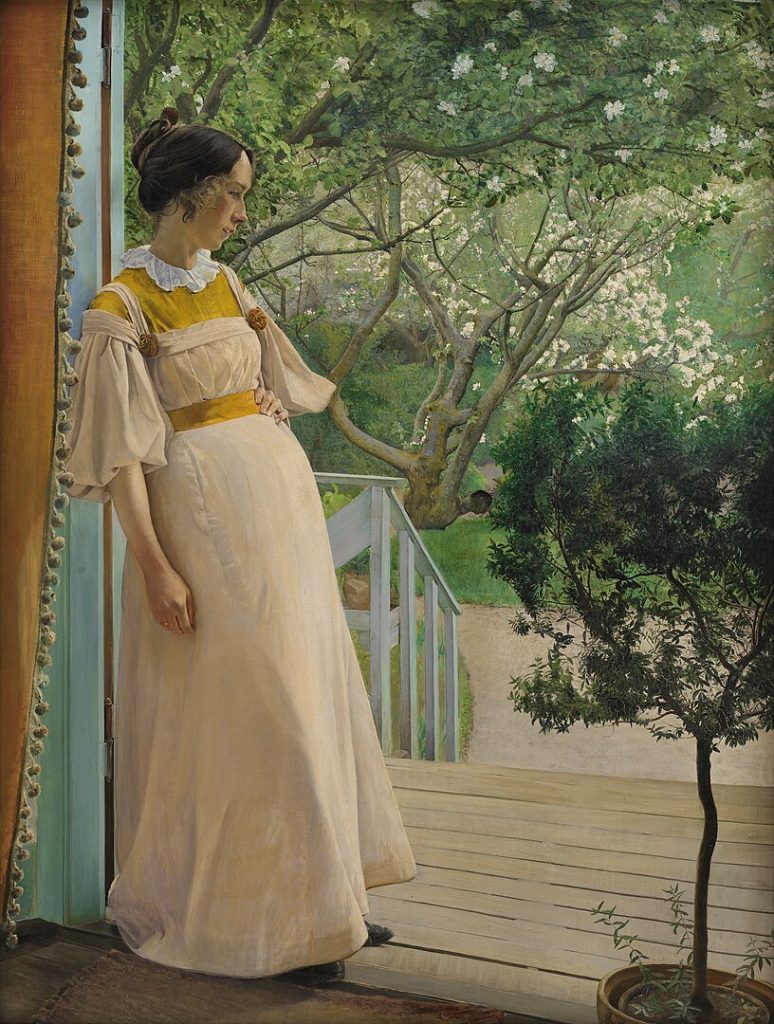
Ring’s work often featured rural scenes, portraits, and depictions of the fishermen’s life in Skagen. His paintings captured the simplicity and beauty of the Danish countryside, showcasing a strong connection to nature. One of his well-known works is “Ploughman Returning from the Fields” (1885), which exemplifies his interest in portraying the daily life of the Danish peasantry.
As his career progressed, Ring’s style evolved, incorporating elements of symbolism. He began to infuse his works with deeper emotional and philosophical themes. His later paintings often explored human psychology and the complexities of the human experience.
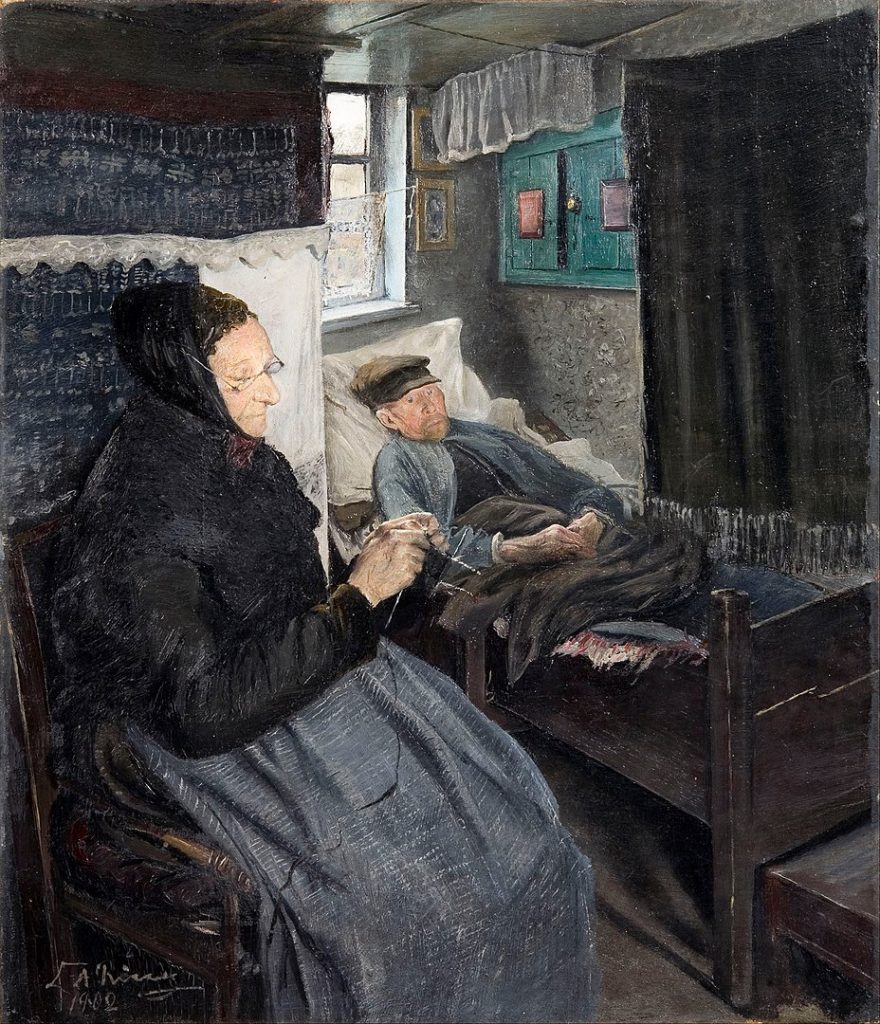
Laurits Andersen Ring continued to paint throughout his life, gaining recognition in Denmark and beyond. His contributions to the Skagen art movement and Danish symbolism have secured his place in the history of Scandinavian art. Today, many of his works are held in museums and collections, and he is remembered as a significant figure in Danish art.
